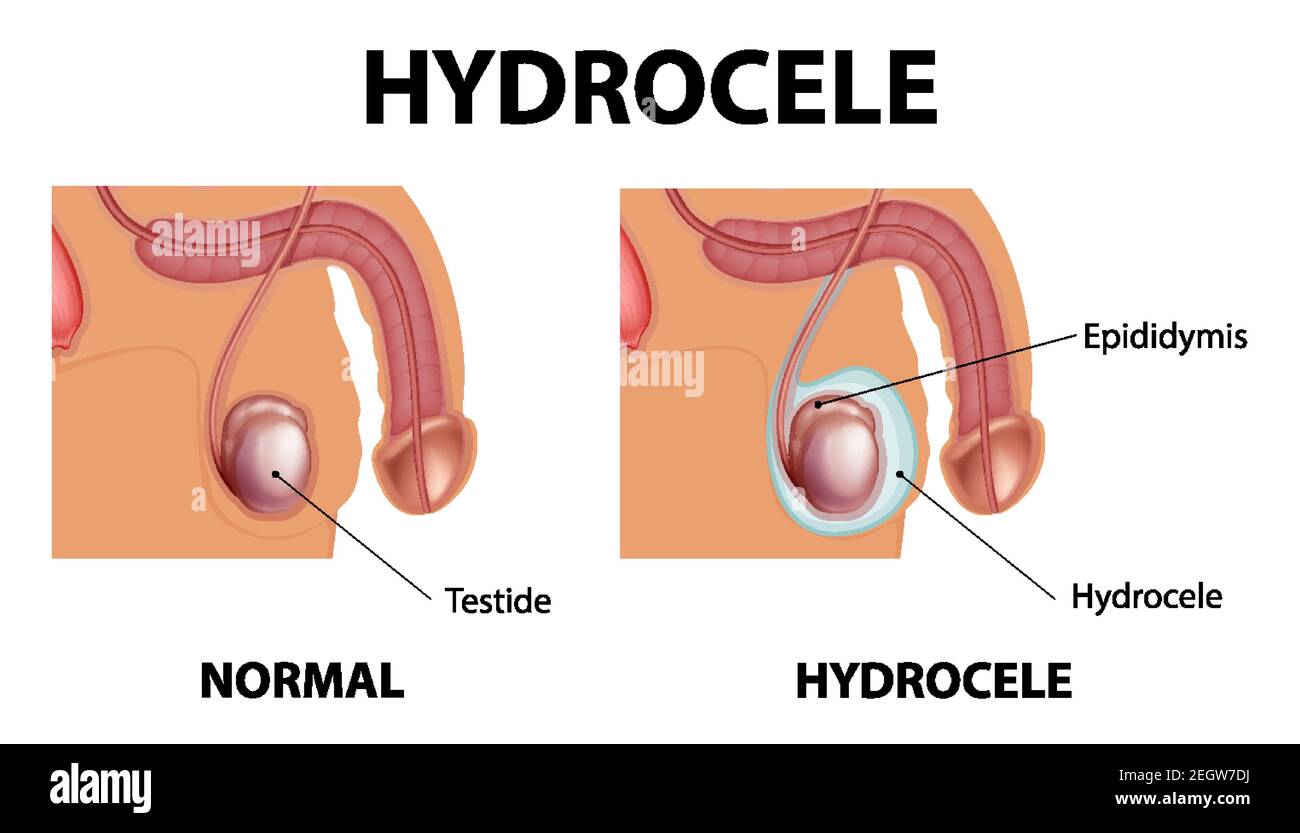Hydrocele, a common condition in infants, is often a source of concern for parents. It involves the accumulation of fluid in the scrotum, leading to swelling. While it may seem alarming, hydrocele in infants is typically harmless and tends to resolve on its own without intervention. However, understanding the causes, symptoms, and potential complications is crucial for parents to ensure appropriate care for their child.
Understanding Hydrocele
To comprehend hydrocele, it’s essential to grasp the anatomy of the male reproductive system. The scrotum, a sac-like structure, houses the testicles. Normally, there’s a small amount of fluid surrounding the testes, providing lubrication and cushioning. In some cases, this fluid can accumulate, leading to the formation of a hydrocele.
Causes
Hydrocele in infants often occurs due to the incomplete closure of the passage between the abdomen and the scrotum during fetal development. This passage, known as the processus vaginalis, allows the testicles to descend into the scrotum. If it fails to close completely after birth, fluid can seep through, resulting in a hydrocele.
Types of Hydrocele
There are two main types of hydrocele in infants: communicating and non-communicating.
Communicating Hydrocele: In this type, there’s a connection between the abdominal cavity and the scrotum, allowing fluid to flow freely. Communicating hydroceles may vary in size and often change in size throughout the day.
Non-Communicating Hydrocele: This kind happens when the scrotum fills with fluid but isn’t connected to the abdominal cavity. Non-communicating hydroceles are typically smaller and don’t fluctuate in size.
Symptoms
The primary symptom of hydrocele in infants is swelling of the scrotum. The swelling may be more noticeable during certain activities such as crying or straining. In most cases, hydrocele is painless, and the infant remains otherwise healthy. However, if your child experiences sudden, severe swelling accompanied by redness or tenderness, it could indicate another condition requiring immediate medical attention.
Diagnosis
Diagnosing hydrocele in infants usually involves a physical examination by a pediatrician or a pediatric urologist. The doctor will evaluate the size and consistency of the swelling and may use a light source to determine if the fluid inside the scrotum is transparent, characteristic of a hydrocele. An ultrasound may occasionally be done to confirm the diagnosis and rule out other illnesses.
Treatment
In many instances, hydrocele in infants resolves spontaneously within the first year of life without any treatment. As the communication between the abdomen and the scrotum closes on its own, the fluid is reabsorbed by the body, and the swelling gradually diminishes. However, if the hydrocele persists beyond infancy or causes discomfort, your pediatrician may recommend further evaluation or treatment options.
Monitoring and Follow-Up
Even if no treatment is necessary initially, it’s essential to monitor the hydrocele and follow up with your child’s healthcare provider as recommended. Regular check-ups will ensure that the condition is resolving as expected and that there are no complications developing.
Complications
While hydrocele in infants is generally benign, there are rare instances where complications may arise. One potential complication is an inguinal hernia, where a portion of the intestine protrudes into the inguinal canal. This can occur alongside a communicating hydrocele and may require surgical intervention.
When to Seek Medical Attention
While most cases of hydrocele in infants resolve on their own, there are certain signs that warrant medical attention:
- Sudden, severe swelling of the scrotum
- Redness or tenderness in the scrotal area
- Difficulty urinating or signs of urinary tract infection
- Persistent discomfort or crying associated with the swelling
If you notice any of these symptoms, it’s essential to contact your child’s healthcare provider promptly.
Conclusion
Hydrocele in infants is a common condition that typically resolves without intervention. By understanding the causes, symptoms, and potential complications, parents can navigate this situation with confidence and provide appropriate care for their children. Regular monitoring and communication with healthcare providers are essential to ensure the well-being of the infant and address any concerns that may arise. With proper knowledge and guidance, parents can effectively manage hydrocele and promote their child’s health and development.


